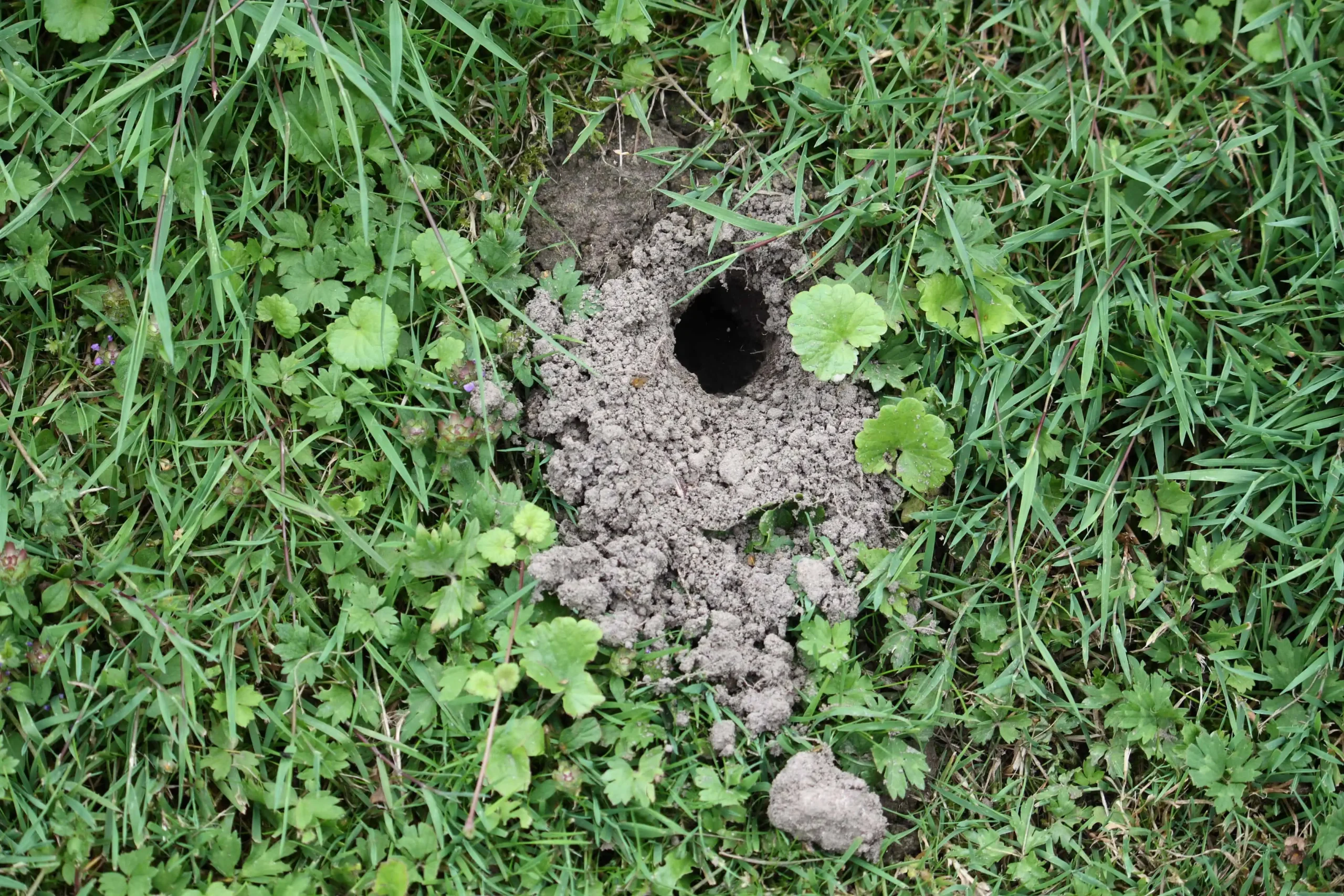Vole Control Tips to Preserve Your Lawn and Gardens
Vole Control Tips to Preserve Your Lawn and Gardens
Blog Article
Comprehensive Guide to Reliable Vole Pest Control: Invasion Recognition and Therapy Approaches
In the world of effective insect control, vole invasions position an unique challenge that demands a tactical technique. These small rodents, frequently incorrect for mice, can inflict havoc on gardens, lawns, and crops if left unattended. Identifying the indicators of vole presence and implementing targeted therapy approaches are vital elements of a successful insect administration strategy. By discovering the subtleties of vole behavior, recognizing key indicators of problem, and examining an array of control choices, one can create a comprehensive technique to fight these evasive pests.
Comprehending Vole Actions
Vole behavior is defined by their delving practices and fast recreation prices, making them a difficult parasite to control successfully. Their quick reproductive rate further complicates control initiatives, with females capable of creating several litters in a single year, each consisting of a number of children.
Voles are most energetic during the very early morning and evening hours, spending most of their time foraging for food. Their tunneling routines not just disturb yards and lawns however likewise make them challenging to spot and get rid of. Comprehending vole behavior is critical for efficient parasite control techniques. By determining their burrow places, checking feeding locations, and carrying out targeted control techniques, such as trapping or environment alteration, vole infestations can be taken care of successfully.
Signs of Vole Infestation

Prevention Strategies
Applying effective avoidance approaches is vital in minimizing vole invasions and protecting greenery from their harmful feeding habits. To stop vole invasions, it is essential to begin by removing potential food resources and shelter.
Frequently evaluating the residential property for indications of vole task, such as runways and burrow openings, is important for very early detection and prompt action. Think about utilizing repellents or catches tactically put near their paths if vole activity is presumed. Employing natural predators like owls or look at more info snakes can additionally aid maintain vole populations in check. By implementing a combination of these prevention home owners, garden enthusiasts and approaches can properly protect their plant life from vole damage.
Non-Lethal Control Methods
To efficiently manage vole populations while prioritizing humane methods, non-lethal control strategies provide functional remedies for reducing vole damages in gardens and landscapes. These barriers can be buried at the very least 12 inches bent and deep at a 90-degree angle to avoid voles from delving beneath.

Lethal Control Options
One reliable method for resolving vole problems in you could try these out gardens and landscapes entails the calculated use lethal control choices. When encountered with a severe vole problem that non-lethal techniques have actually fallen short to include, applying lethal control actions becomes critical. One typically employed deadly control alternative is making use of snap catches. These traps are developed to swiftly and humanely eliminate voles upon activation, making them a preferred selection for numerous gardeners and landscaping companies. To raise the effectiveness of breeze catches, it is advised to position them in locations where vole activity is high, such as along runways or near burrow entrances. Another lethal control alternative is the usage of poisonous baits particularly developed to target voles. These baits consist of toxin that is ingested by the voles, resulting in their eventual demise. Care has to be worked out when making use of poisonous lures to avoid harm to non-target animals or pets. Overall, when using deadly control options, it is necessary to do so properly and based on local policies to efficiently manage vole problems.
Verdict
Finally, reliable vole pest control calls for a detailed understanding of vole actions, identification of indications of invasion, application of prevention methods, and application of both non-lethal and deadly control techniques. By incorporating these strategies, individuals can successfully manage vole populaces and protect their property from damages. It is very important to address vole invasions quickly to stop further concerns and minimize the impact on the surrounding atmosphere.
Given the intricate passage systems and fast recreation rates particular of voles, recognizing the indicators of vole infestation becomes crucial in reliable bug control. One of the primary indicators of vole existence is the existence of surface area runways or trails in yard or snow, commonly regarding 1-2 inches large, produced as voles take a trip in between their burrows and food resources.To successfully handle vole populations while prioritizing gentle approaches, non-lethal control strategies use practical solutions for decreasing vole damage in landscapes and yards.One reliable approach for addressing vole problems in landscapes article and yards entails the strategic usage of lethal control choices. vole control.In final thought, effective vole insect control calls for an extensive understanding of vole habits, identification of indicators of infestation, execution of avoidance methods, and utilization of both deadly and non-lethal control techniques
Report this page